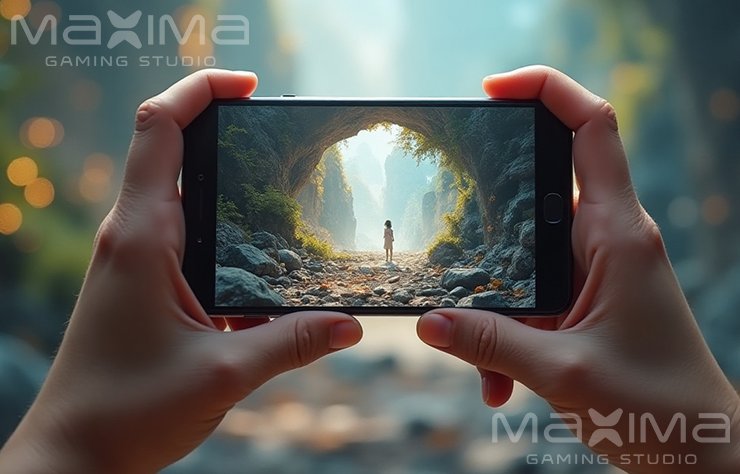 June 2, 2025
June 2, 2025
When and How Mobile Gaming Took Over the Industry
Mobile gaming’s rise is one of the most transformative shifts in the gaming industry’s history. From humble beginnings as simple phone games to becoming the largest segment in global gaming revenue, mobile gaming has reshaped how and where people play.
Let’s explore when mobile gaming took over and how it became a dominant force by 2025.
Early Mobile Games: The Beginning
Mobile gaming started in the late 1990s and early 2000s with simple titles like Snake on Nokia phones. These games were limited by hardware and network constraints but sparked interest in portable gaming.
The Smartphone Revolution (2007 – 2010)
The launch of the iPhone in 2007 and the Apple App Store in 2008 marked a turning point. Suddenly, developers had a global platform to distribute games to millions of users with powerful hardware and touchscreen interfaces.
Games like Angry Birds (2009) and Cut the Rope showcased the potential of mobile gaming, attracting casual players.
Free-to-Play and Social Gaming Boom (2010 – 2015)
Free-to-play (F2P) models with in-app purchases revolutionized mobile monetization. Titles like Candy Crush Saga and Clash of Clans generated billions by offering endless gameplay with optional purchases.
Social connectivity through Facebook and in-game chat fostered competitive and cooperative play, increasing engagement.
Mobile Esports and AAA Mobile Games (2015 – 2020)
As hardware improved, complex games like PUBG Mobile and Call of Duty: Mobile brought console-quality experiences to smartphones. Mobile esports tournaments attracted huge audiences and prize pools, elevating mobile gaming’s status.
Mobile Gaming in 2025: The Industry Leader
Today, mobile gaming accounts for over 50% of global gaming revenue, outpacing consoles and PC combined. It reaches billions of players across demographics, from casual gamers to competitive pros.
Technologies like 5G, cloud gaming, and AI-driven personalization continue to enhance mobile experiences, making games more immersive and accessible.
How Mobile Took Over: Key Factors
- Ubiquity of Smartphones: Affordable, portable, and always connected.
- Accessible Game Design: Easy-to-learn, short-session games appeal to a broad audience.
- Innovative Monetization: Free-to-play models lower barriers to entry.
- Social and Competitive Features: Encourage community building and retention.
- Constant Innovation: AR, cloud gaming, and AI integration keep the platform fresh.
Conclusion
Mobile gaming’s takeover is a story of technological innovation, savvy business models, and tapping into a massive global audience. It democratized gaming, bringing it to the masses and creating new opportunities for developers and players alike.
Understanding this evolution helps industry stakeholders prepare for the next wave of mobile gaming innovations shaping the future.


